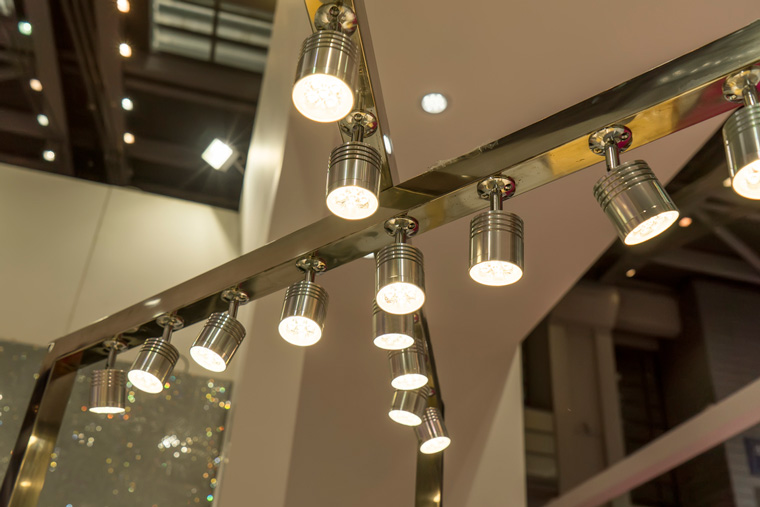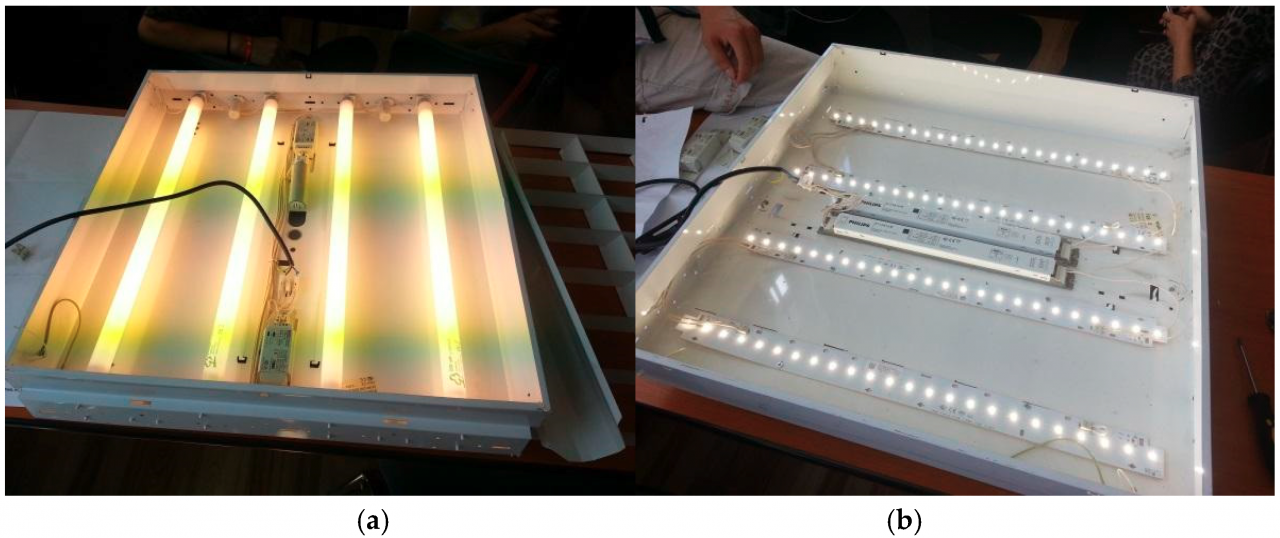
Promising higher luminous efficiency and service life, environmental friendly LED lighting is revolutionizing the $110 billion dollar lighting industry. With more than $25 billion dollars in sales last year, the LED industry is around 11 percent of the size of the computer market, and is still growing. As a relatively nascent industry, it can be hard to predict and understand the LED industry by itself, but by comparing it to the more mature computer hardware market as well as understanding the particularities of the LED market, we can get a good idea of the current state of the industry and its future outlook.
In certain ways, an LED luminaire parallels a desktop computer; A complex finished product is assembled from components designed by various manufacturers, contractors and suppliers. Both are driven by semiconductor processes and just as Moore’s law has for years predicted growth in CPU and memory performance, improvements in transistor density and manufacturing have driven LED performance and continue to improve luminous efficiency.
But not everything is the same. Whereas the computer industry is monopolized by relatively few established brands, the LED industry is more of a green field market with a large number of players. Sales from the top LED lighting brands Philips, OSRAM, Panasonic, General Electric, Acuity Brands, Zumtobel, Toshiba, Cooper Lighting, Cree and Hubbell combined account for less than 30 percent of the market share in the lighting industry. The majority of the market space is occupied by smaller vendors and opportunities are ripe for companies with unique offerings and innovative business models.
GlacialTech makes the following outlook statements and development forecasts for the LED lighting industry:
Price competition in the LED lighting industry will become fiercer, especially in the LED package segment.
LED packages are made through the semi-conductor process and just like CPUs are driven by Moore’s law, but unlike the CPU industry which is almost monopolized by Intel, the LED manufacturing industry is much more competitive with several leading brands as well as a number of regional suppliers, Price competition in the this segment means LED package prices will continue to decrease while performance continues to increase. We expect that the price to performance ratio of the most efficient LED lighting modules will be $0.13/W by the end of the year, and the price of LED lighting modules with performance of 150 lm/W will drop to $0.10 /W or below by the end of 2016.
Value will shift from the LED lighting unit to the driver and thermal module.
The cost of a lighting module for a 100W LED luminaires will be around $10 by the end of next year. For the same 100W mid and high-end LED luminaires, the cost of the thermal modules or LED driver will be double or even triple that of the lighting unit. This is because compared to LED lighting packages, the cost of thermal modules and LED drivers is much more inelastic. Being dependent on the cost of raw materials and manpower. The cost of materials is almost constant unless the price of raw materials changes. There is seldom a huge rise or fall. In addition, the manufacturing process is still quite labor-intensive and involves complex manual procedures, whereas the LED package manufacturing process is increasingly automated.
Gross profit margins of LED lighting modules will continue to erode compared to others parts and components.
LED packaging requires high capital and human investment compared with LED driver and thermal design. To establish a packaging house, high capital costs are needed to procure equipment, and high operating costs are needed as well to compensate the diverse array of professionals required to design highly efficient products and control production quality. In power or heat sink industries, on the other hand, just a few senior design engineers are enough to design effective products with a high price-performance ratio, and therefore staffing costs are relatively low. The equipment used to manufacture LED driver and thermal module is often less specialized. If this equipment was already been used to manufacture other products over the years it may already be fully depreciated.
The COB package has a promising future.
Considering costs of materials and the continuous improvement of COB quality and efficiency, sales of COB packages will continue to rise in the following years, especially as the compact COB form factor is suitable for more LED luminaire designs than larger MCPCB packages. There are already 100W, 200W and even 300W COB LEDs on the market these days making it is easy for luminaire manufacturers to make a 100W~300W (system efficacy 100+ lm/W, CRI 80) lighting products with just one powerful COB coupled with a high quality lens, thermal module and power-efficient LED Driver. The material cost of this new kind of COB powered luminaire is lower than that of traditional LED luminaires in which multiple LEDs on a large MCPCB were used. In addition, assembly of these COB luminaire is simplified, leading to lower manpower costs.
Vertical integration will occur in price competitive segments while specialization will occur at the premium lighting product segment
In the lighting industry, bulbs and tubes are relatively low-priced, making them suitable for vertical integration to improve profit margins. Low-priced and competitive products should be manufactured with fully automated process at one production facility, from the LED package, to plastic injection, metal press, assembly, all the way through to the final packing process. Premium lighting products such as luminaries with differentiated designs and specialized applications may not be able to efficiently improve the price-performance ratio of individual components to make the products more competitive. Hence, companies involved in the premium product space benefit less from vertical integration and can consider specializing in their product segment to maximize profits and market share.
While big name brands own a large share of today’s LED market, there is high growth potential in this industry and plenty of opportunity for emerging companies with innovative technology and unique products.
Thanks to the abundant array of high quality LED package suppliers, luminaire manufacturers have many choices. With the development of COB LEDs, luminairecompanies can build a finished product with barely more than a thermal module and LED driver with appropriate control mechanisms. This is why more and more new companies continue to join the industry in addition to world-known brands and regional brands. Just as innovate technologies and business models pushed the computer industry from big mainframes made by a few big brands to PCs manufactured by myriad smaller companies, the LED industry will continue to mature. The next generation of LED lighting will be driven by forward thinking businesses able to see market trends and take advantage of the latest technologies to drive industry growth.
We have described the current status of the industry and made the forecast above. However, each company which finds its own position in the same environment and selects the appropriate business model can generate higher economic profits than its competitors.



